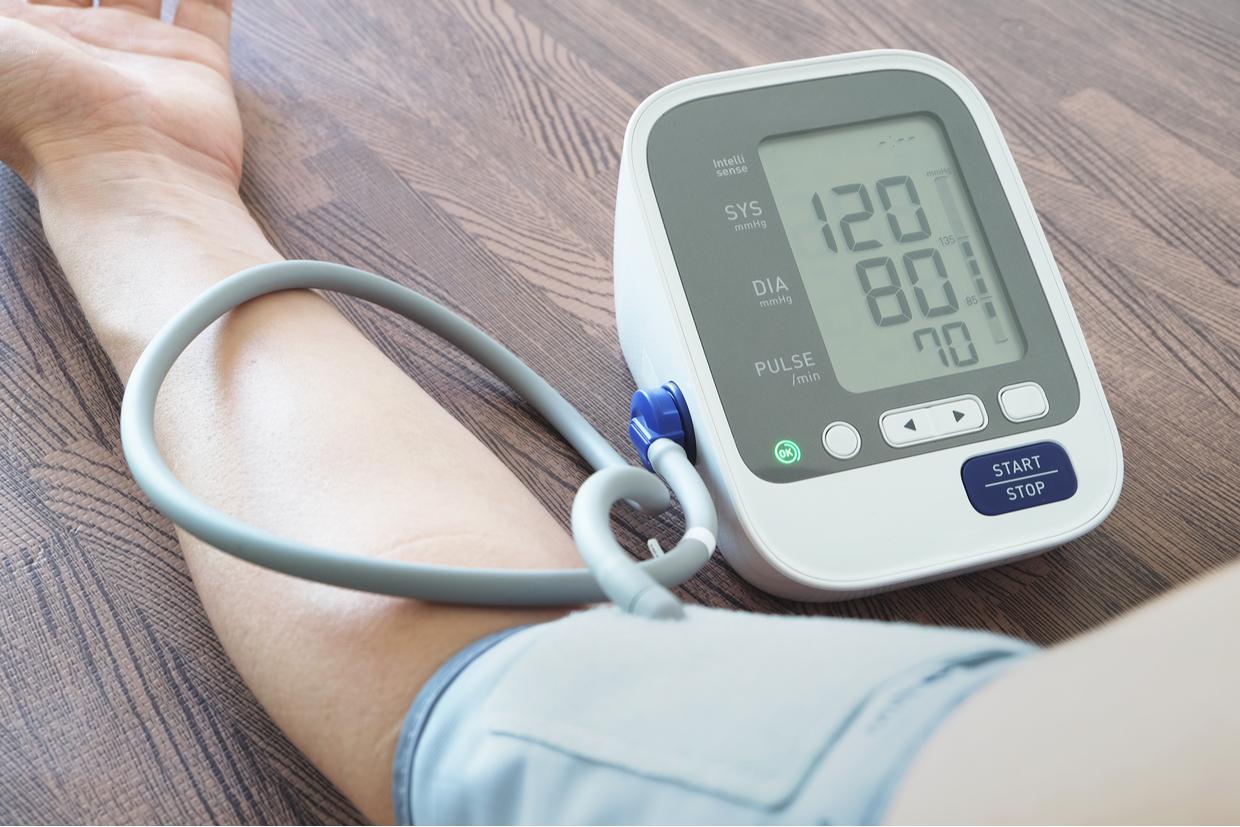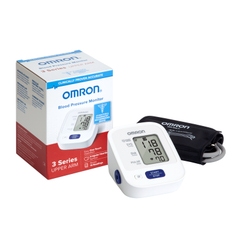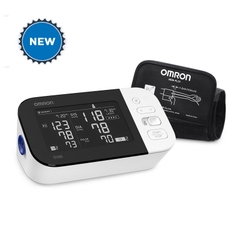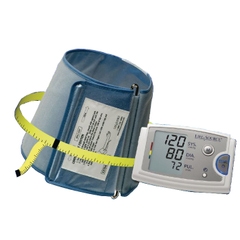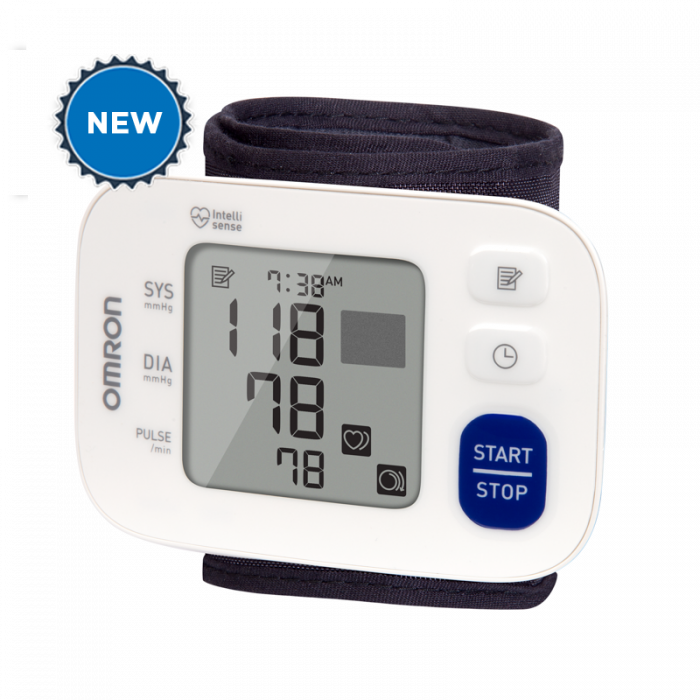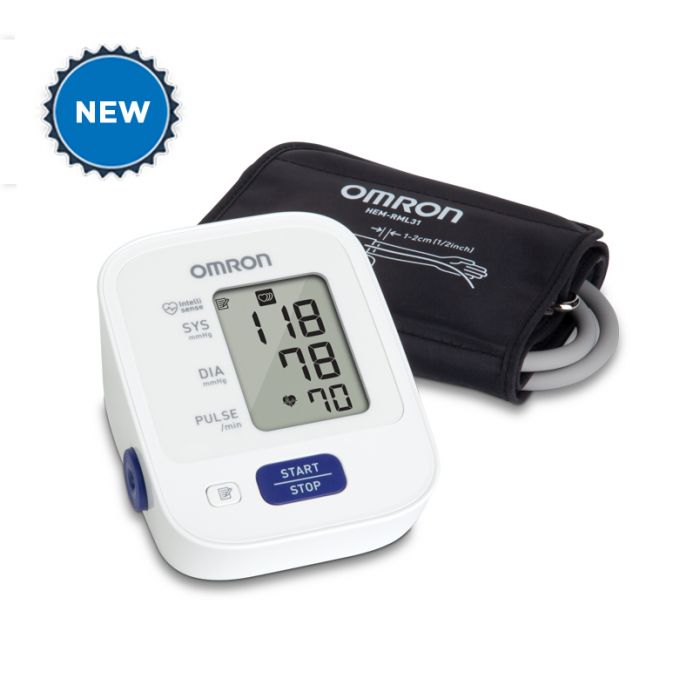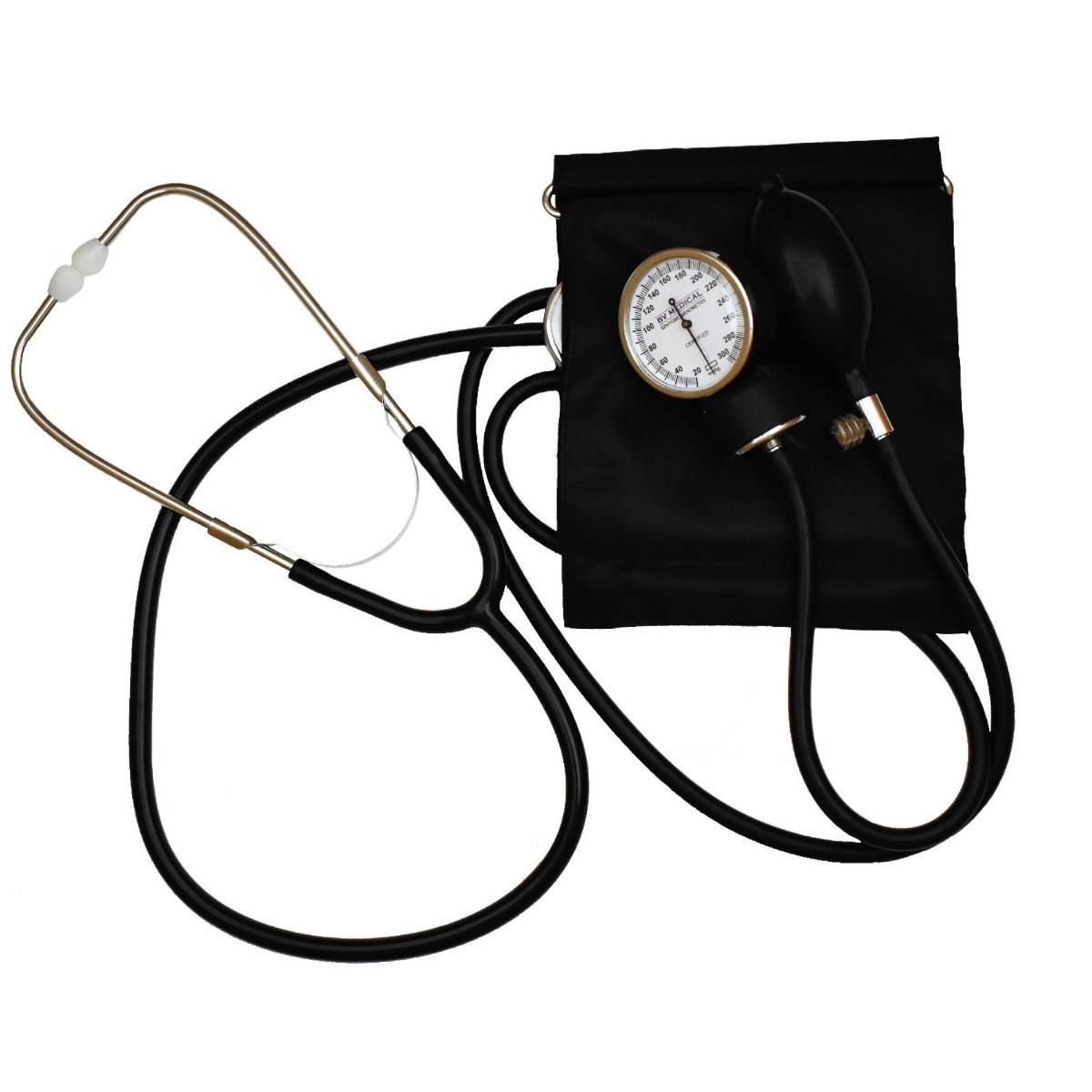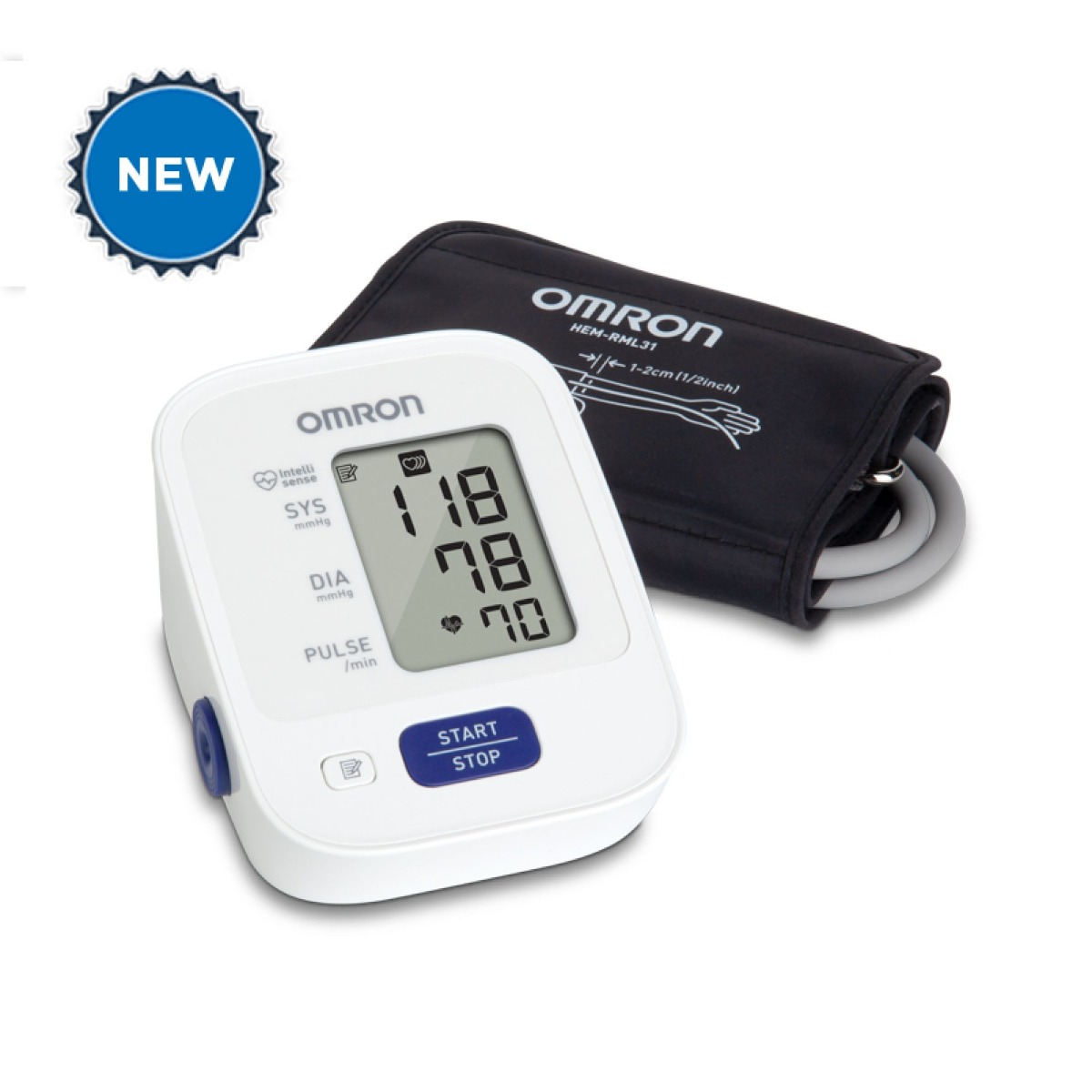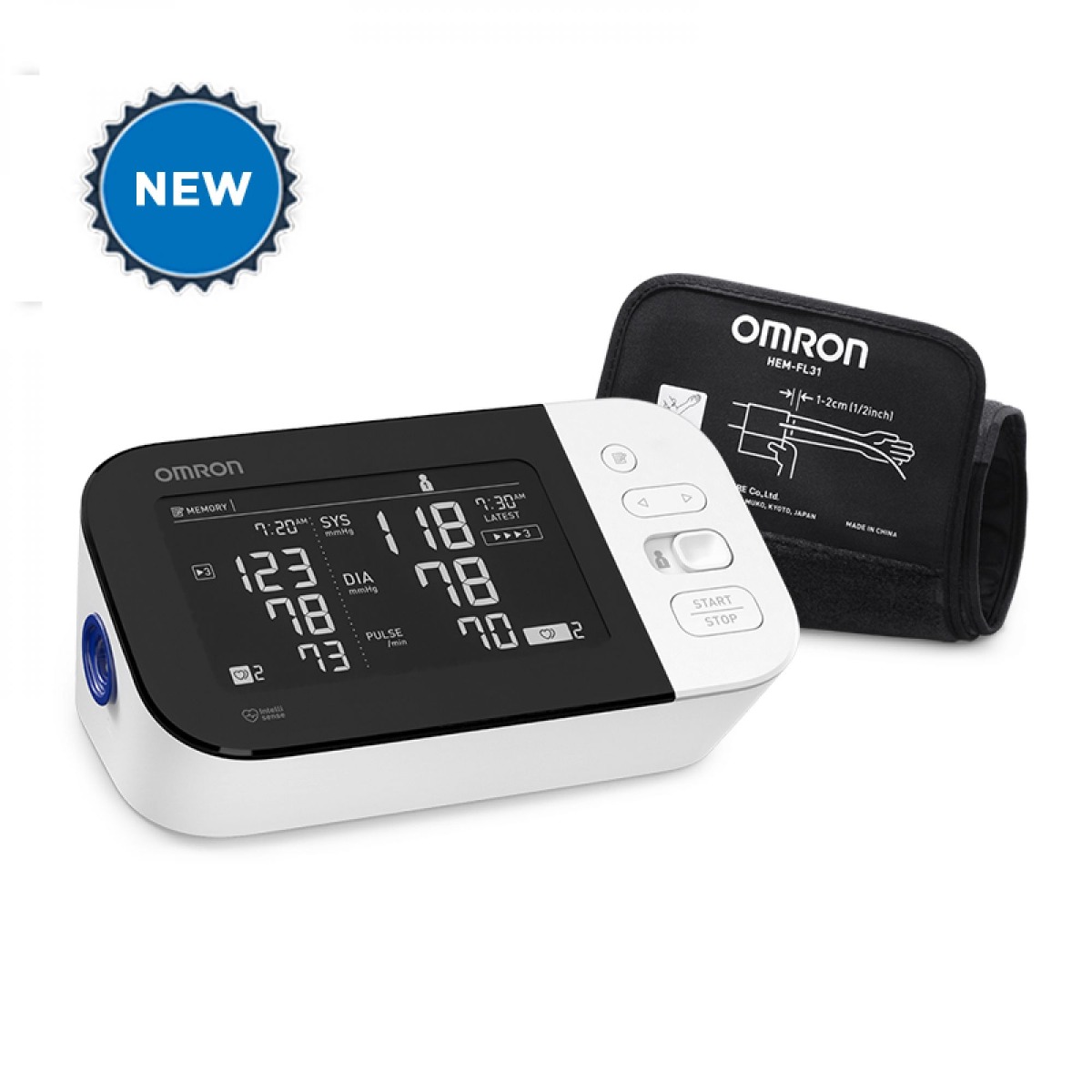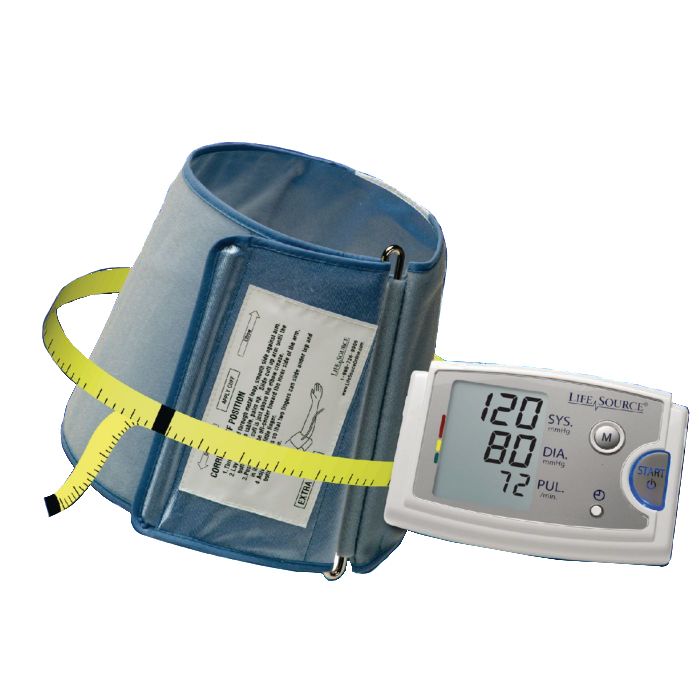Key Takeaways
- Blood pressure measures the force your blood exerts on the walls of your arteries
- Your blood pressure consists of 2 numbers, systolic and diastolic pressures, which are both different than your pulse
- High blood pressure is known as the “silent killer” and can have serious consequences
- There are several steps your doctor may recommend to lower your blood pressure
- Tracking your blood pressure using a blood pressure monitor can help your doctor determine if treatment is working
Top Products in This Article
May is National High Blood Pressure Education Month, but it’s important to understand your blood pressure readings all year long. Learn more about your blood pressure and how to monitor it at home.
- Common Questions About Blood Pressure
- How to Measure Your Blood Pressure
- How to Lower Your Blood Pressure
Common Questions About Blood Pressure
What is blood pressure?
Blood pressure is a measure of the force of your blood pushing against the walls of your arteries.1
What’s the difference between blood pressure and pulse?
Your heart rate is the number of times your heart beats per minute.2 A rising heart rate doesn’t mean a corresponding increase in your blood pressure. When your heart beats more times a minute, your blood vessels get larger to allow more blood to flow easily. This is why your heart rate is able to double safely, while at the same time your blood pressure only increases a little.
What is high blood pressure (hypertension)?
High blood pressure, also known as HBP or hypertension, is when your blood pressure is consistently too high.1
What is a normal blood pressure? What is a high blood pressure?
A normal blood pressure, as recommended by the American Heart Association is less than 120/80 mm Hg. Numbers above that reading fall into 4 different high blood pressure categories.
- Normal: Less than 120/80 mm Hg
- Elevated: From 120-129 systolic and less than 80 mm Hg diastolic
- HBP Stage 1: From 130-139 systolic or 80-89 mm Hg diastolic
- HBP Stage 2: 140/90 mm Hg or higher
- Hypertensive Crisis: Exceeds 180/120 mm Hg, seek medical attention immediately
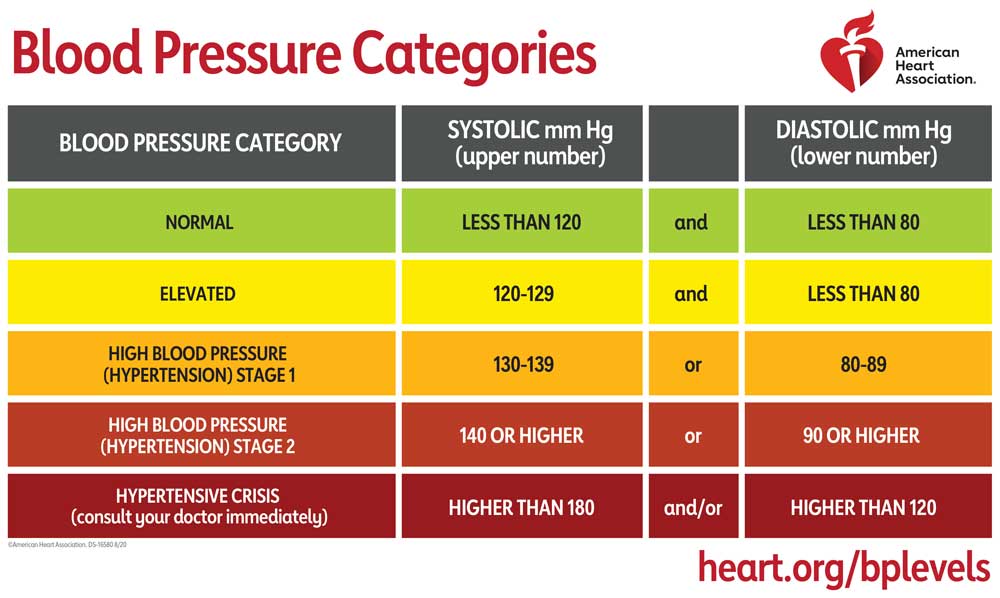
Blood Pressure Chart from the American Heart Association3
What do my blood pressure numbers mean?
Blood pressure is recorded using two numbers, a systolic and diastolic pressure.
- Systolic (upper number): how much pressure your blood exerts against your artery walls when your heart beats
- Diastolic (lower number): how much pressure your blood exerts against your arteries walls between beats, when resting
Which blood pressure number is more important?
The upper number, systolic blood pressure, is a major risk factor for cardiovascular disease in people over 50. But either number can be used to make a diagnosis of high blood pressure.
The American Heart Association states that “According to recent studies, the risk of death from ischemic heart disease and stroke doubles with every 20 mm Hg systolic or 10 mm Hg diastolic increase among people from age 40 to 89”. 3
Why is blood pressure measured in mm Hg?
The standard unit of measure for measuring pressure is mm Hg. It stands for millimeters of mercury. Mercury was used in the first accurate pressure gauges and the measurement unit is still used today.
What causes high blood pressure?
High blood pressure typically develops overtime. High blood pressure can be a result of unhealthy lifestyle choices like not getting regular physical exercise or poor nutrition decisions. Health conditions like obesity and diabetes can increase your risk of developing high blood pressure. It can also occur during pregnancy.
What are symptoms of high blood pressure?
There are no high blood pressure symptoms.5 This is why high blood pressure is often called a “silent killer” because it can damage your health without you feeling it.
Why is high blood pressure bad?
High blood pressure makes your heart work harder and less efficiently. It damages your arteries’ tissue and creates tiny tears where LDL (bad) cholesterol forms plaque signifying the start of atherosclerosis. Over time, this can lead to an arythmia, stroke, or heart attack.
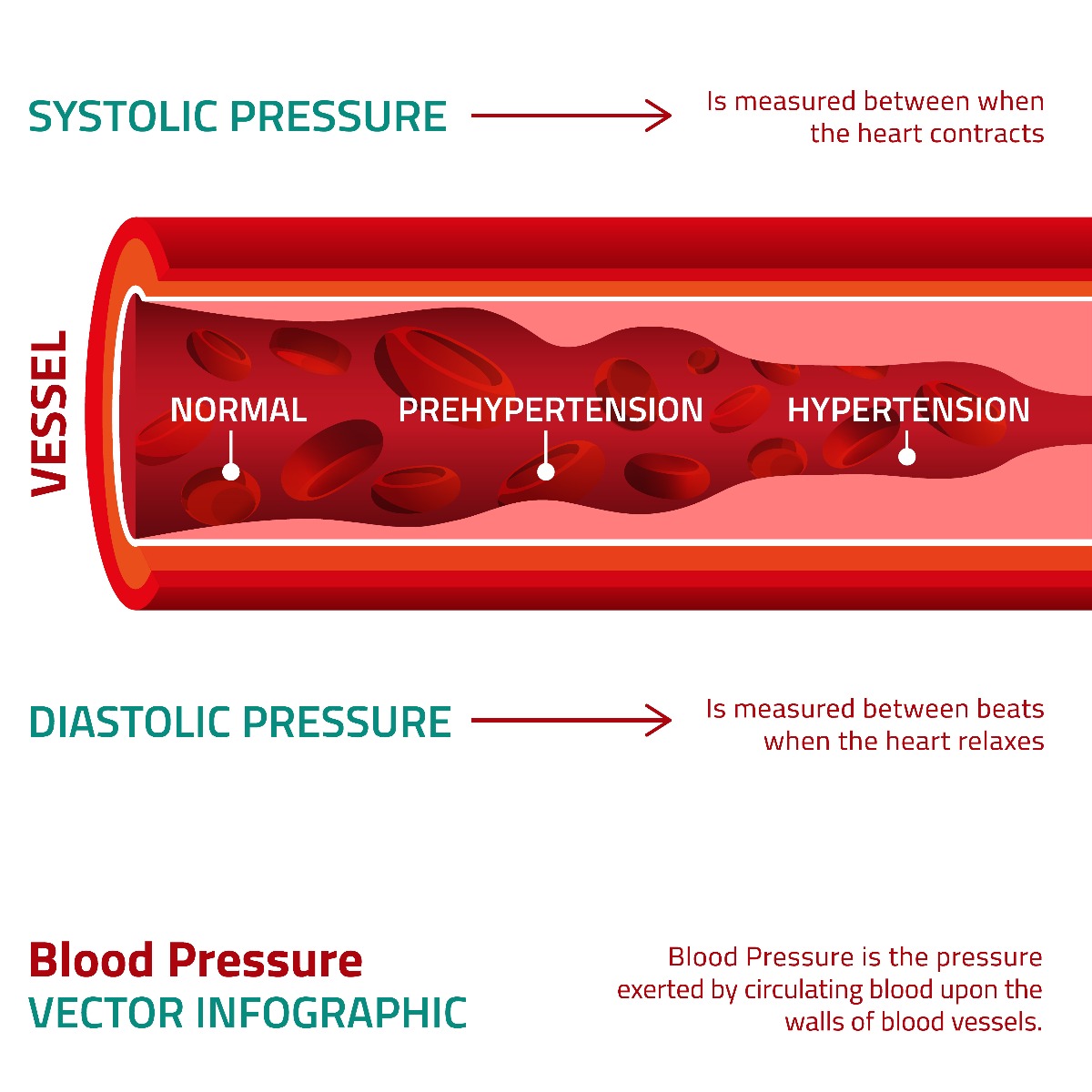
What treatment might be recommended if my blood pressure is elevated or high?
High blood pressure treatment is determined by your doctor, but here’s what they may recommend.
If your blood pressure is...
Your doctor might recommend...
Elevated
Steps to decrease your risk of developing high blood pressure, like healthy eating habits and exercise
High (stage 1)
Lifestyle changes and possibly blood pressure medication depending on your risk
High (stage 2)
Lifestyle changes plus blood pressure medication
Hypertensive Crisis
Immediate medical attention, if your readings are this high, contact your doctor.
If you’re experiencing chest pain, shortness of breath, back pain, numbness/weakness, change in vision or difficulty speaking, call 911.
How to Measure Your Blood Pressure
Ready to measure your blood pressure at home? Measuring and recording your blood pressure in between regular doctor visits helps your doctor determine whether treatments are working.
Remember: If you’ve been prescribed medication to lower your blood pressure, don’t stop taking it without consulting with your doctor, even if your readings are in the normal range while monitoring at home.
Choose a Blood Pressure Monitor
There are a variety of blood pressure monitors available, including finger, wrist, and arm monitors.
There are also manual and automatic options.
American Heart Association recommends an automatic, cuff-style, bicep (upper-arm) monitor.3 Here are a few options for automatic, upper arm monitors.
- Standard: Easy to use, this monitor stores up to 120 readings (60 readings per user)
- Wireless: This monitor can be synced to free OMRON Connect app via Bluetooth for unlimited memory and trends/graphs tracking
- Bariatric:This monitor has a larger cuff making it ideal for measuring the blood pressure of weight lifters, body builders, and bariatric patients
Steps to Using a Blood Pressure Monitor
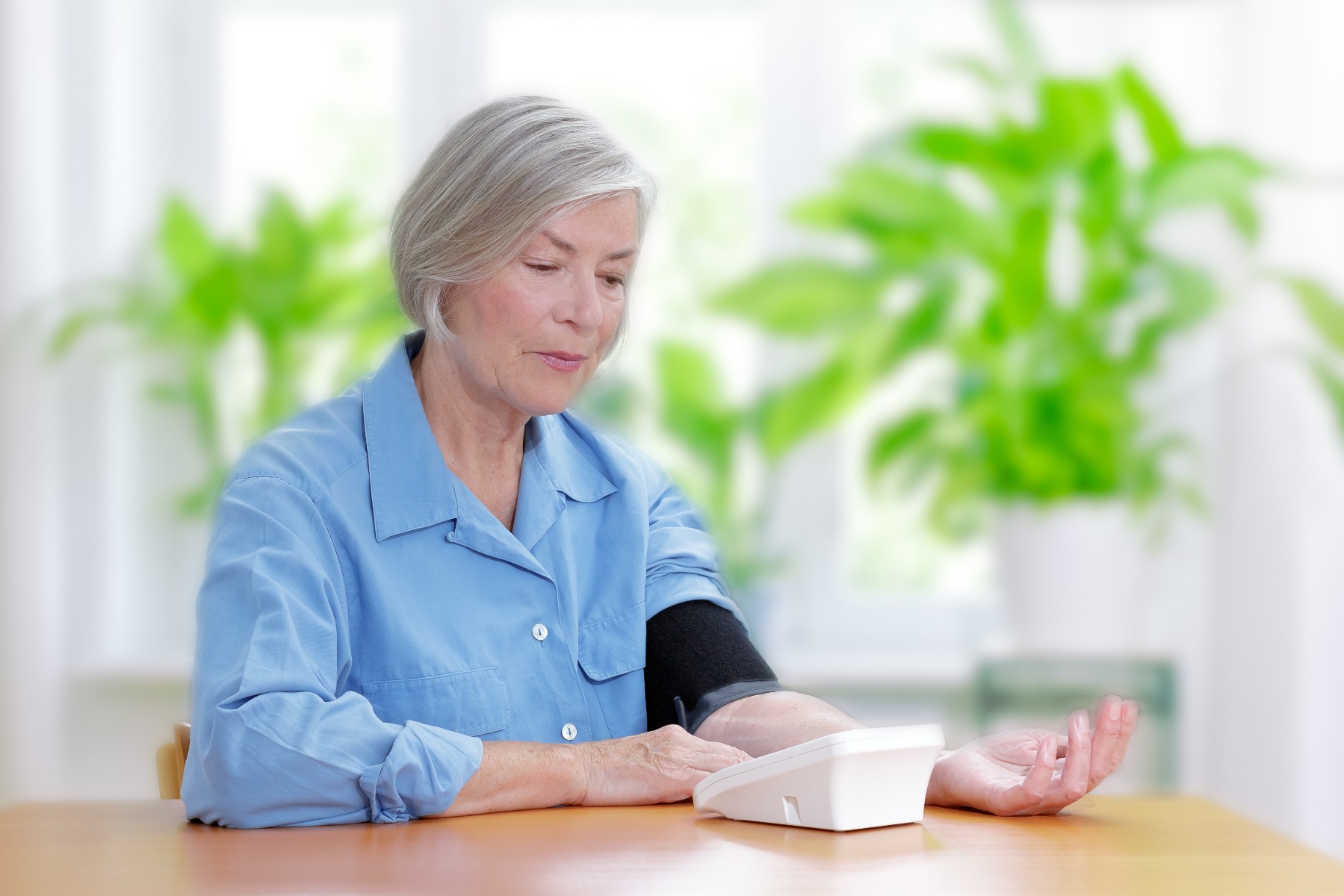
1. Choose a blood pressure monitor and have your doctor check to make sure you are using it correctly
2. Take your blood pressure at the same time each day
3. For 30 minutes prior to taking your blood pressure don't smoke, exercise, or drink any caffeinated beverages
4. Sit quietly and rest for 5 minutes
5. Put on the cuff with the bottom of the cuff just above the crease in your elbow. Don’t take the measurement over clothes
6. Sit with your back straight, your feet flat on the floor, your arms resting on a table, and the bottom of the cuff just above the crease in your elbow
7. Take 2-3 readings, one minute apart, following the directions for your device
8. Record the results in a notebook (write down the date, time of day, systolic and diastolic numbers, heart rate, and which arm you took the reading on) or if the device stores readings, bring the device to your medical appointments. Some monitors allow you to upload your readings to a website or app
Why should you record your blood pressure results?
Your blood pressure reading acts as a snapshot, showing your blood pressure at a specific moment in time. This reading can vary from day to day. When you meet with your doctor, looking at your blood pressure results over time allows your physician to see trends in your blood pressure and decide whether treatment is working or needs to be changed.
How to Lower Your Blood Pressure

Talk to your doctor about lifestyle changes you can make to lower your blood pressure. Some steps might include:
- Getting 150+ minutes of physical exercise each week (that’s 30 minutes a day, 5 days a week)
- Quitting smoking
- Eating a healthy diet limiting sodium and alcohol
- Losing weight or maintaining a healthy weight
- Reducing your stress
What is a high blood pressure diet?
The DASH Diet or DASH Eating Plan was developed to create a heart healthy lifestyle. DASH stands for Dietary Approaches to Stop Hypertension. A DASH diet focuses on eating vegetables, fruits, and whole grains and also includes fat-free or low-fat dairy products, fish, and poultry. It limits food high in saturated fat (fatty meats, full-fat dairy products, and tropical oils) as well as sweets and sweetened beverages (like soda). To learn more about the DASH Eating Plan, talk to your doctor or read more on the NIH website.
Ready to measure your blood pressure?
If you have any questions about your blood pressure, ask your doctor.
References
1. NIH. (n.d.). High Blood Pressure. MedlinePlus. Retrieved from https://bit.ly/31gvh88
2. American Heart Association Staff. (n.d.). Blood Pressure vs. Heart Rate (Pulse). American Heart Association. Retrieved from https://bit.ly/3sjKSQ9
3. American Heart Association Staff. (n.d.). Understanding Blood Pressure Readings. American Heart Association. Retrieved from https://bit.ly/3fcpwjW
4. American Heart Association Staff. (n.d.). What is High Blood Pressure? American Heart Association. Retrieved from https://bit.ly/3cjiKHl
5. Centers for Disease Control and Prevention. (2020). High Blood Pressure Symptoms and Causes. CDC. Retrieved from https://bit.ly/3smaagj
6. National Heart, Lung, and Blood Institute. (n.d.). DASH Eating Plan. NIH. Retrieved from https://bit.ly/3tVmRPt
Medical Disclaimer: The information provided on this site, including text, graphics, images and other material, are for informational purposes only and are not intended to substitute for professional medical advice, diagnosis or treatment. Always seek the advice of your physician or other healthcare professional with any questions or concerns you may have regarding your condition.








 France
France Australia
Australia